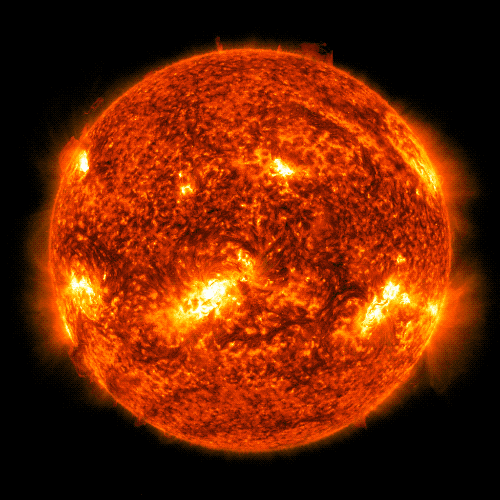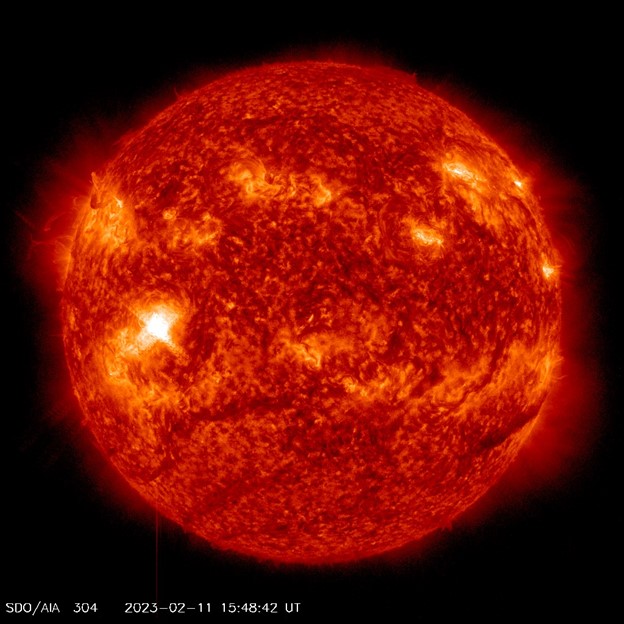The Sun belted out strong solar flares two days in a row, as activity ramps up toward the next Solar Maximum, predicted for mid-2025.
On Saturday, February 11, a flare classified as X1.1 erupted from the Sun, while just a day before a different region on the Sun blasted out a X1.0 flare.

Solar flares are giant explosions on the Sun that send energy, light and high-speed particles into space. These are the most energetic events in our Solar System and they can impact radio communications, electric power grids, navigation signals, and pose risks to spacecraft and astronauts. The flare on the 11th created a temporary radio blackout over South America, according to the U.S. Space Weather Prediction Center (SWPC) operated by NOAA.
The classification system for solar flares divides them according to their strength. The smallest ones are A-class (near background levels), followed by B, C, M and X. Similar to the Richter scale for earthquakes, each letter represents a 10-fold increase in energy output. So an X is ten times an M and 100 times a C. Within each letter class there is a finer scale from 1 to 9.
The largest solar flare ever recorded occurred in 2003, an X-28.
This past weekend, the strongest flare originated from a sunspot called Active Region 3217. NASA observes the Sun and our space environment constantly with a fleet of spacecraft that study everything from the Sun’s activity to the solar atmosphere, and to the particles and magnetic fields in the space surrounding Earth. Those spacecraft include the Solar Dynamics Observatory (SDO) and the Solar and Heliospheric Observatory (SOHO).
In the current solar cycle of highs and lows in the Sun’s activity, the solar minimum occurred in December 2019, which marked the start of a new solar cycle, Cycle 25. Solar Cycle 25 is anticipated to be as strong as the last solar cycle, which was a below-average cycle.
For more information on how space weather may affect Earth, please visit NOAA’s Space Weather Prediction Center.

